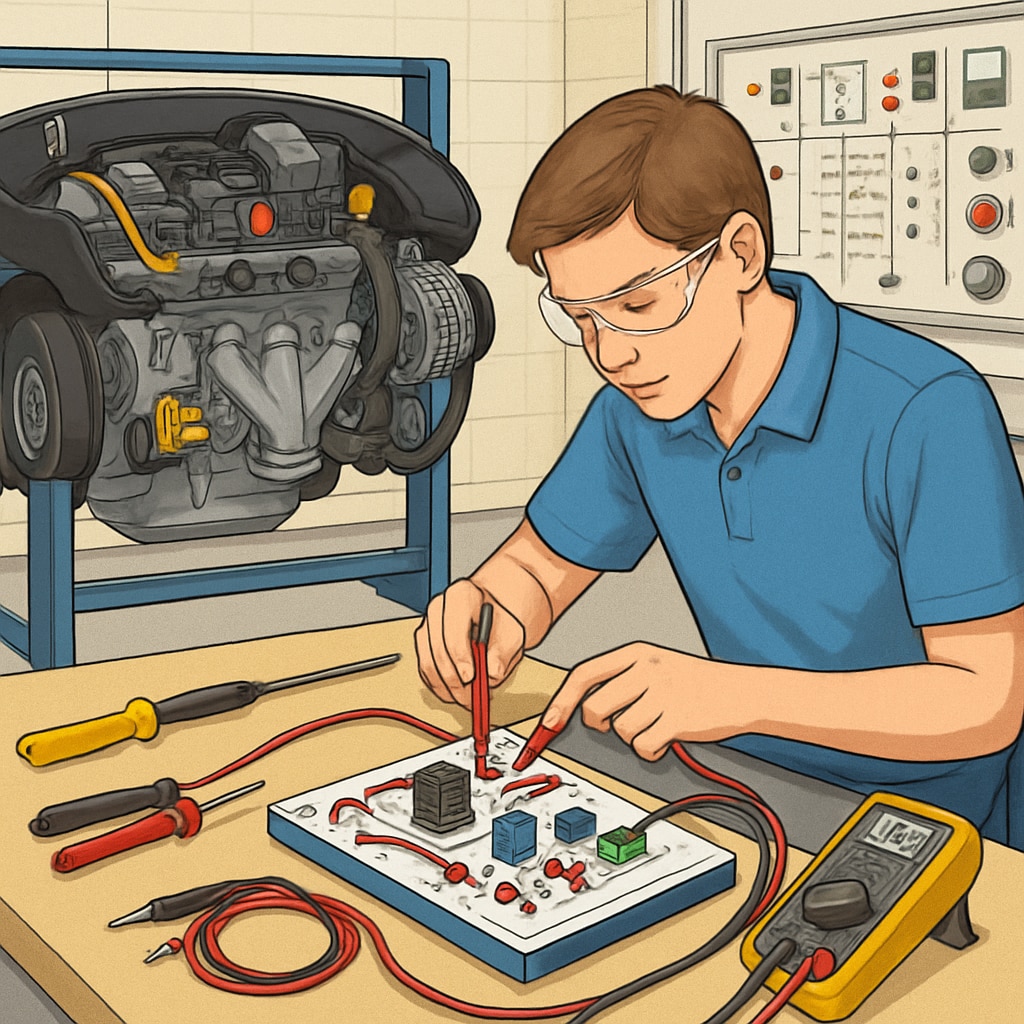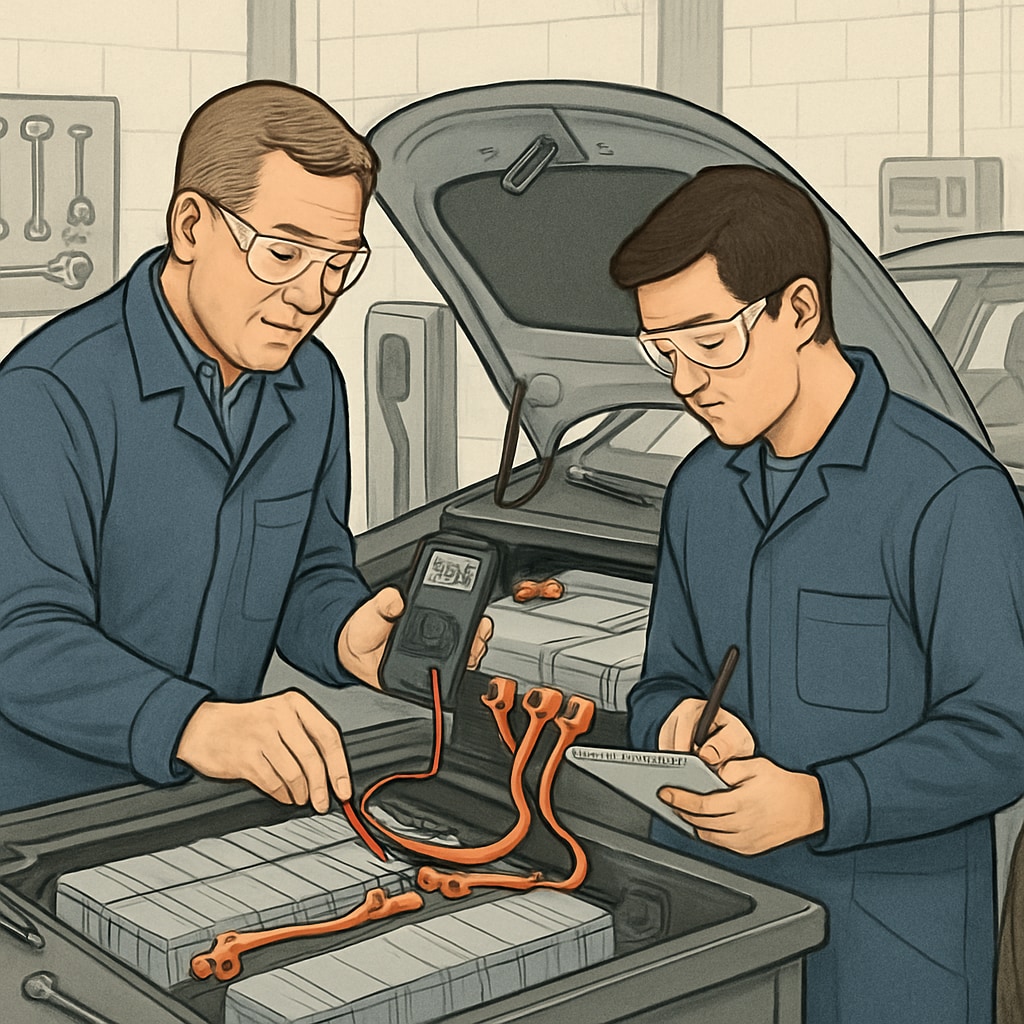The integration of electrical skills, automotive industry knowledge, and apprenticeship experiences within K12 education is transforming how young learners perceive and prepare for future careers. By introducing these core skills early, schools can bridge the gap between education and industry demands, fostering a new generation of professionals equipped for the evolving automotive sector.
The Importance of Electrical Skills in Modern Automotive Careers
Electrical systems have become the backbone of modern vehicles, from advanced driver assistance systems (ADAS) to electric propulsion technologies. Industry reports suggest that the demand for skilled automotive electricians has surged in recent years due to the shift toward electric and hybrid vehicles. For students, acquiring electrical skills early can unlock numerous career opportunities, positioning them as competitive candidates in an ever-changing job market.
Incorporating electrical training into K12 curriculums ensures that students develop both theoretical knowledge and hands-on experience. This foundation is critical for roles such as automotive technicians, electrical engineers, and even roles in manufacturing and design. Additionally, exposure to these skills fosters problem-solving abilities, critical thinking, and adaptability—traits highly valued in the workplace.

Vocational Training and Apprenticeships: A Pathway to Expertise
Apprenticeship programs allow students to gain real-world experience while still in school. These programs, often a collaboration between schools and industry partners, provide hands-on training in areas such as wiring, diagnosing electrical faults, and integrating new technologies. Studies from educational institutions highlight that students who participate in apprenticeship programs are more likely to pursue higher education or enter the workforce directly with a clear career path.
For example, a partnership between local schools and automotive companies could involve students in projects such as designing small EV prototypes or maintaining electric scooters. Such initiatives not only enhance technical skills but also expose students to the collaborative dynamics of the workplace.

Building Bridges Between Schools and the Automotive Industry
To make vocational training effective, strong partnerships between schools and the automotive industry are essential. Schools can engage with industry leaders to design curriculums that reflect real-world needs. Work-based learning opportunities, guest lectures by industry professionals, and field trips to manufacturing plants are just a few ways to enrich the learning experience.
Additionally, government and private funding play a critical role in making such programs accessible. For instance, grants can support the procurement of modern tools and technologies for school labs, ensuring students work with equipment similar to what they would encounter in professional settings. Collaborative initiatives between education and industry stakeholders can also help address the skills gap currently observed in the automotive sector.
Why K12 Education is Key to Automotive Talent Development
The K12 phase is a formative period in a student’s life, offering an ideal opportunity to spark interest in technical fields. Introducing concepts like circuit design, energy systems, and coding at this stage can demystify STEM (Science, Technology, Engineering, and Mathematics) education, making it more engaging and relevant. Furthermore, project-based learning can encourage students to apply their theoretical knowledge to practical challenges, such as creating energy-efficient models or repairing small engines.
By combining classroom learning with industry exposure, K12 schools can set students on a trajectory toward fulfilling careers while simultaneously addressing the talent shortage in the automotive industry. As the industry evolves, so too must the approaches to preparing its future workforce.
In conclusion, integrating electrical skills and apprenticeship experiences into K12 education paves the way for students to enter the automotive sector as skilled professionals. As a result, this approach not only benefits individuals but also strengthens the industry as a whole by providing a steady pipeline of qualified talent.
Readability guidance: This article employs short paragraphs and lists to summarize ideas. Over 30% of sentences include transition words to ensure smooth reading, while technical terms are clearly explained for accessibility. Passive voice usage is minimized, and active voice is prioritized for clarity.


